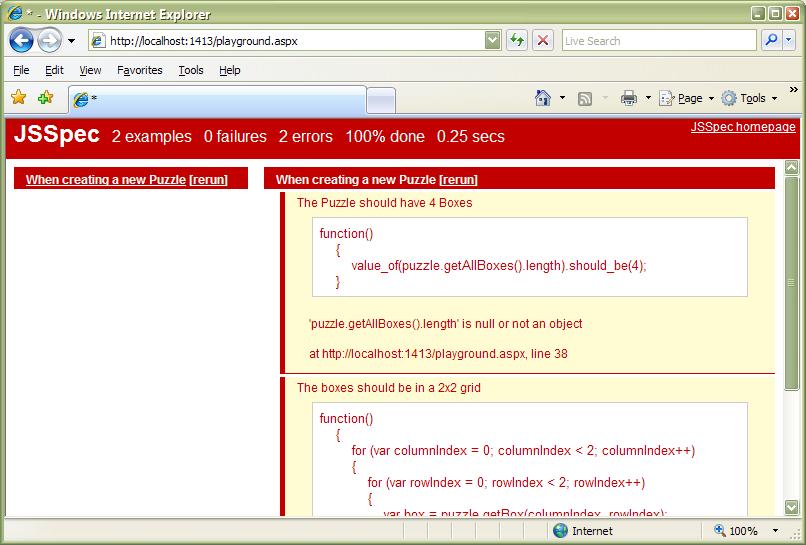Most of us at some point have decided that we want to learn some new technology. The question is what you should dive into.
When I interview people, I always ask them about new things that they have been learning, and a lot of people these days are looking into things like WPF and Silverlight. But this is not what I would pick if I were you.
If you were to ask me, instead of learning some new technology, every developer should try to become experts in software design patterns and principles and practices that will help you become a better developer with the technologies that you already know. Our industry has a much bigger need for developers that write well-designed, loosely coupled, well-tested code than we need for people with a basic knowledge of WPF or Silverlight.
Look, there’s nothing wrong with learning WPF and Silverlight, and you can make some awesome looking apps with them. But if you can learn software design patterns and practices, those will help you when using any language for the rest of your career. They will help you write less bugs, they will help you get stuff done faster, and they will help you write flexible code that can easily be changed. Who doesn’t need more of that?
Like I said, I interview people. If I interview you and you know and practice things like test-driven development, the SOLID principles, what the Law of Demeter is, and why all of this matters, then you are most likely in (as long as there isn’t something else seriously wrong with you). In my opinion (and this is just my opinion), if you want to be called a “senior developer” I would expect you to know all of these things. This is much more important than how many years of experience you have.
This may require some research and leg work on your part. I say this because in my opinion, Microsoft doesn’t not actively promote this stuff. Sure, you might find some MSDN article out there that talks about testing or patterns or something like that, but there will probably be many times more articles about Silverlight, new features in .NET 4.0, and the like. All of that stuff is good, but I feel people are skipping over the essentials. You can probably pass any number of Microsoft certification tests without knowing much about test driven development or design patterns.
This is why I identify with the ALT.NET way of thinking. ALT.NET generally believes in these principles:
1. You’re the type of developer who uses what works while keeping an eye out for a better way.
2. You reach outside the mainstream to adopt the best of any community: Open Source, Agile, Java, Ruby, etc.
3. You’re not content with the status quo. Things can always be better expressed, more elegant and simple, more mutable, higher quality, etc.
4. You know tools are great, but they only take you so far. It’s the principles and knowledge that really matter. The best tools are those that embed the knowledge and encourage the principles (e.g. Resharper.)
Promoting ALT.NET or starting some new kind of cool kids club is not the point. The point is that good software design practices and principles are very important (many would say of the utmost importance), much more important than the latest shiny new tool that is coming out. If the code you write is not well designed or well tested, that problem is not going away by moving to .NET 4.0 or Silverlight.
So if you want to learn good software patterns and practices, here’s where I would start:
- Learn how to do test-driven development. The best way is to have someone teach you how to do it because it’s hard to just read about it and pick it up (although you’re more than welcome to try!). If you don’t have someone to teach you, hopefully the next technical conference or Day of .NET or user group you go to will have a talk on how to do TDD. Go to it. I have lots of TDD links and some practice projects here.
- Learn the SOLID principles and why they’re important. You can go buy this book or just read everything on this page. Again, if you next conference/user group/etc. has a talk on SOLID (and a lot of them will), go to it.
- Read some of the “classics”, like some of the books mentioned here.
- Make sure you keep your ego in check. We should never stop learning, and should never be content with where we are now. There will always be something worth knowing that you don’t know.



